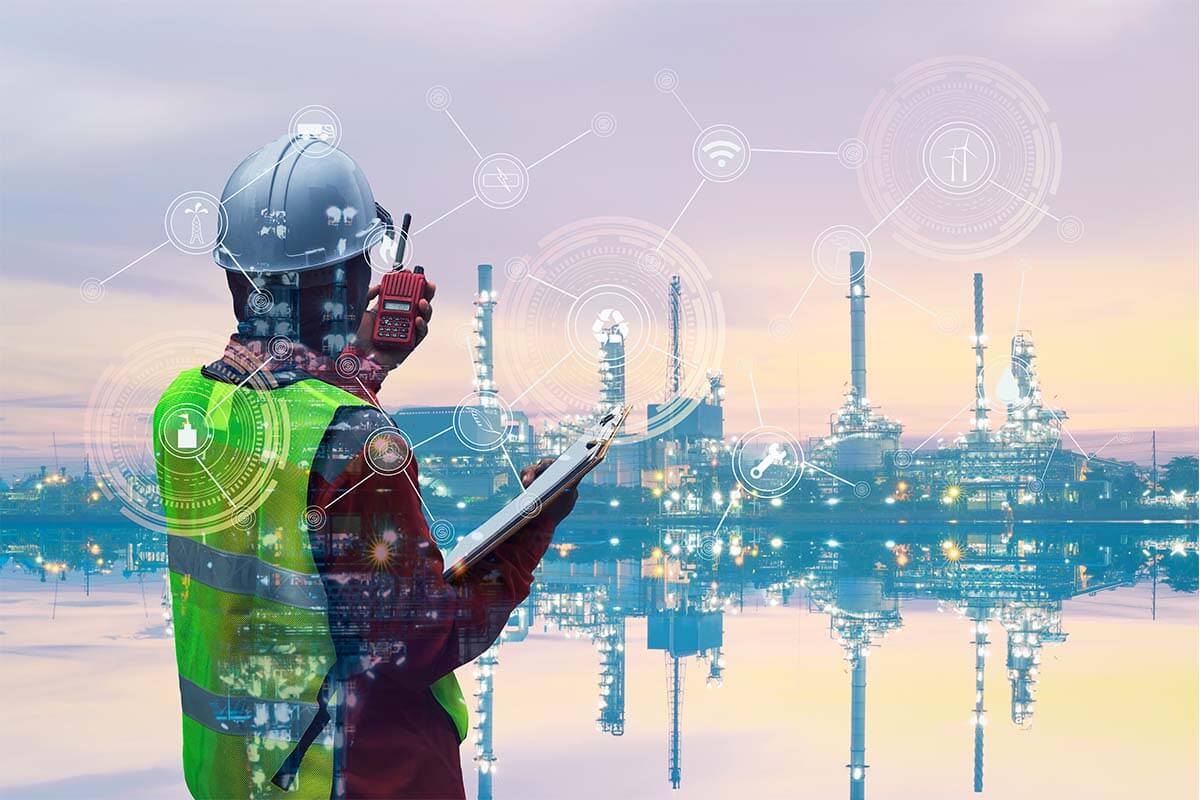Aotearoa New Zealand’s construction industry reached over $15 billion in 2019, making it a major contributor to GDP and employment, as well as developer of critical national infrastructure.
Despite this, it’s an industry that requires radical transformation and has long been criticised for its low productivity, inefficiencies, and contribution to New Zealand’s carbon emissions. It requires better integrated decision-making tools, requiring the complex data analysis capabilities offered by Industry 4.0.
While Industry 4.0 is starting to gain momentum in manufacturing, it has not been widely explored within construction. Currently, there is a profound limitation in the way that construction is performed in New Zealand.
The challenge is that complex decisions are being made based on simple data inputs. The decision points in the process are done in linear silos with little inter-connection or data-derived decision support. The process is entrenched but far from optimised. For example, designers and specifiers don’t have adequate tools to optimise designs for ease of manufacture/fabrication, let alone the ability to resolve the conjoint considerations required to deliver design for sustainability, constructability, te ao Māori, resilience and affordability simultaneously. Such decisions require collection, connection and analysis of complex data sets.
This challenge requires an Industry 4.0 approach to solve these long-standing limitations and to revolutionise conventional construction.
Achieving inter-connection and data driven decisions
HERA put together an international team of global experts to seek funding to undertake the underpinning research needed to take advantage of the massive opportunity Industry 4.0 offers for Construction.
Our partners included the University of Auckland, Massey University, Pūhoro STEM Academy, University of Canterbury, Tufts University, University of Michigan, University of New Hampshire, and BRANZ.
Within this research, we were also keen to investigate how Construction 4.0 could benefit from the interface with Mātauranga Māori. This is because the unique epistemology of Mātauranga Māori holds value that is not widely represented in many of the physical, applied and practical sciences within New Zealand.
With over 19,000 Māori working in the sector, construction is the fourth largest employer of Māori following manufacturing, health care and social service, education and training. In addition to this, around one in five Māori who are self-employed work in the construction sector.
Unfortunately we have recently found out we weren’t successful in gaining the competitive funding to support this work program.
Moving forward we’ll be exploring alternative funding avenues, and are still keen to hear from anyone interested in being engaged in this research program.
HERA is itself investing in continuing this work; recently creating the Fab4.0Lab, New Zealand’s first Fabrication 4.0 Laboratory. We are also planning to continue our partnership with Pūhoro STEM Academy to investigate Mātaruranga Māori and Fab4.0, a sub-section of Construction 4.0 that HERA has specific expertise in. Our Board has also recently approved the re-invigoration of creating our Innovation Centre (to be built by the HERA Foundation), which was put on hold due to Covid-19 financial uncertainty. This Centre will see HERA expand its Monitoring 4.0 and Design 4.0 capabilities.
Update shared by our CEO, Troy Coyle
